Descriptions and images below are taken directly from All-America Selection materials. For more detailed information including how to grow, see https://all-americaselections.org/product-category/year/2019/
Vegetables
Melon Orange SilverWave F1
2019 AAS Edible Winner
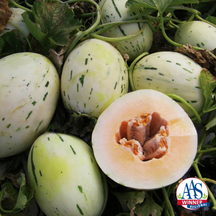
Pepper Just Sweet F1
2019 AAS Edible – Vegetable Winner
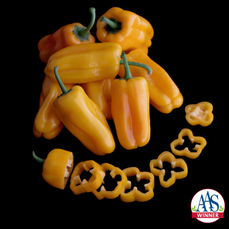
Tomato Fire Fly F1
2019 AAS Edible – Vegetable Winner
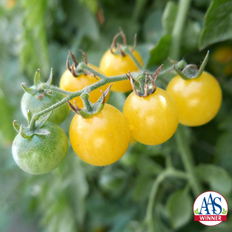
Tomato Red Torch F1
2019 AAS Edible/Vegetable Winner
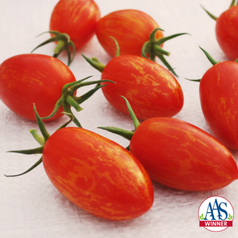
Tomato Sparky XSL F1
2019 AAS Edible-Vegetable Winner
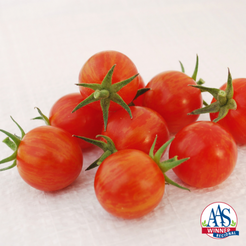
Flowers
Begonia Viking™ XL Red on Chocolate F1
2019 AAS Flower Winner
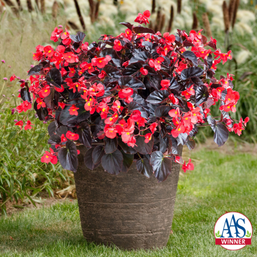
Marigold Big Duck Gold F1
2019 AAS Flower Winner
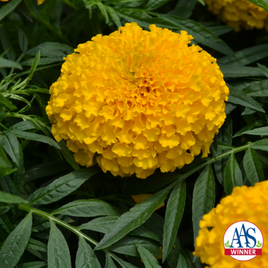
Nasturtium Baby Rose
2019 AAS Flower Winner
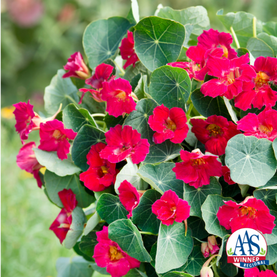
Petunia Wave® Carmine Velour F1
2019 AAS Flower Winner
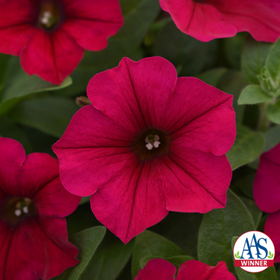
Large 2-2.5 inch flowers literally cover the easy-care spreading plants that rarely need deadheading because new blooms continuously pop-up and cover the spent blooms. Wave® is an excellent landscape performer and does equally as well in containers or hanging baskets as it does in the landscape.
 RSS Feed
RSS Feed
